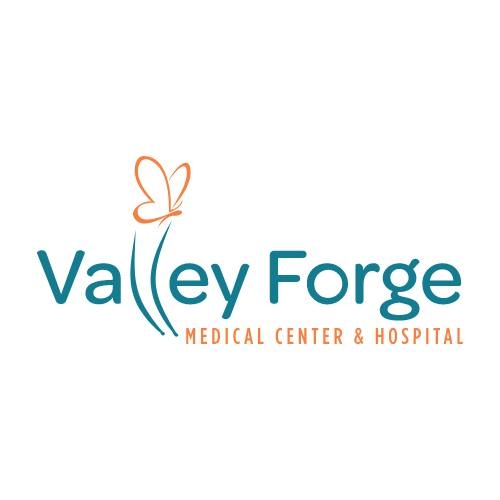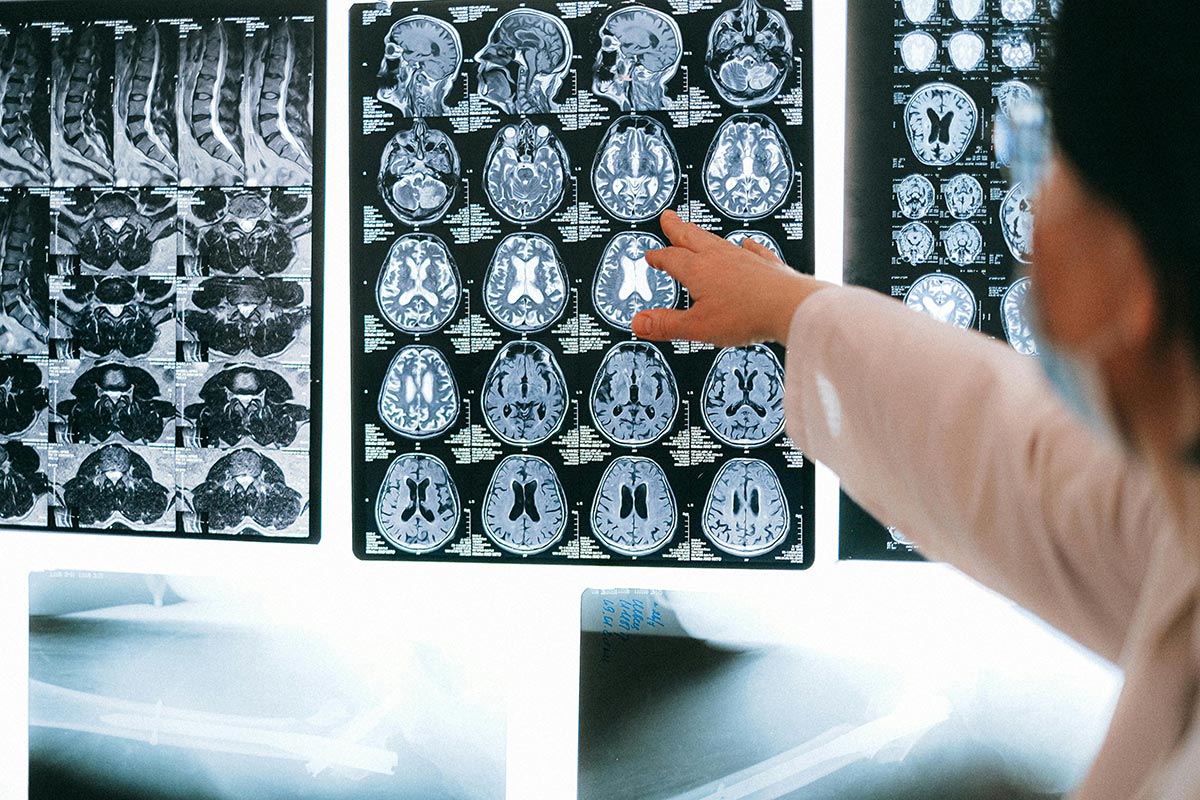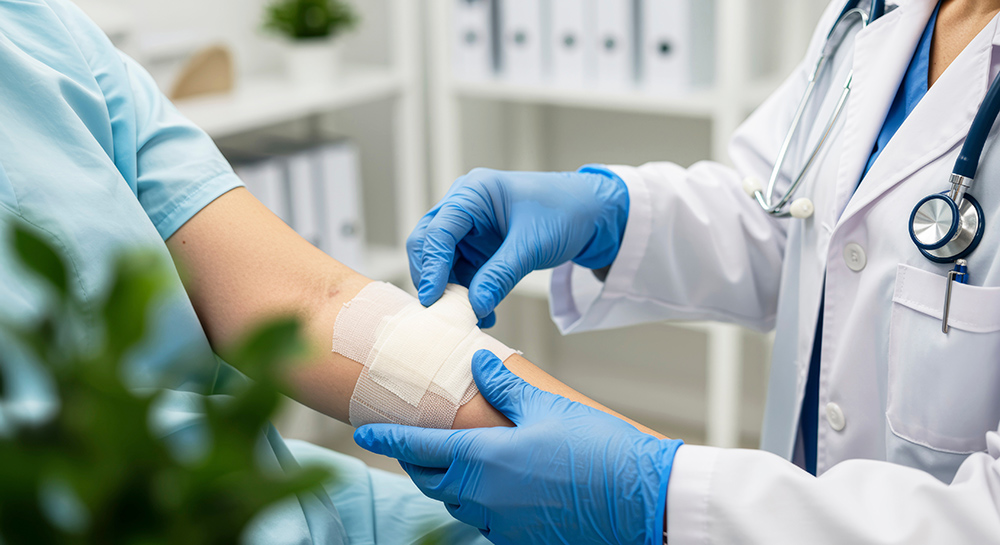

Technology in Addiction Treatment
In the field of addiction treatment, technology has become an integral part of enhancing treatment approaches and improving patient outcomes. This section explores two specific areas where technology plays a vital role: wearable sensors in substance use disorder treatment and advancements in alcohol monitoring technology.
Wearable Sensors in Substance Use Disorder Treatment
Wearable sensors have emerged as a valuable tool in the treatment of substance use disorders. These sensors aim to decrease heavy substance use, mitigate factors related to relapse, and monitor for overdose. One of the advantages of wearable sensors is their ability to increase geographic availability and provide continuous feedback and monitoring while remaining relatively non-invasive [1].
These sensors come in various forms, such as wristbands or patches, and are designed to track vital signs, movement patterns, and physiological changes associated with substance use. By continuously monitoring these parameters, healthcare professionals can gather objective data to inform treatment decisions and provide personalized interventions.
Advancements in Alcohol Monitoring Technology
Alcohol monitoring technology has seen significant advancements, allowing for more accurate and objective measurement of alcohol use during treatment. Wearable devices, such as transdermal alcohol sensors and mobile phone-linked breathalyzers, are commonly used to track alcohol consumption while remaining minimally invasive [1].
Transdermal alcohol sensors utilize a patch worn on the skin to detect alcohol molecules in perspiration. These sensors provide continuous monitoring, enabling healthcare providers to track progress and identify early signs of relapse to alcohol use. Mobile phone-linked breathalyzers, on the other hand, allow individuals to measure their breath alcohol concentration using a portable device that connects to their smartphone.
By incorporating these advancements in alcohol monitoring technology, treatment programs for alcohol use disorder have reported improved outcomes. Objective measurement of alcohol use helps in tracking progress, identifying potential triggers, and facilitating timely interventions to prevent relapse.
As addiction hospitals continue to leverage technology, it is crucial to address privacy and confidentiality concerns to ensure patients' trust and compliance. Patients expect their privacy to be protected through provider compliance with government regulations, such as the use of firewalls and encryption. Additionally, exercising judgment when sharing information with other members of the care team is essential to maintain confidentiality.
In conclusion, the integration of wearable sensors and advancements in alcohol monitoring technology have significantly enhanced addiction treatment approaches. These technologies provide objective data, enable real-time monitoring, and offer personalized interventions, ultimately improving patient outcomes. As technology continues to evolve, addiction hospitals can explore new possibilities for treatment enhancement and further advancements in patient care.
Enhancing Treatment for Specific Substance Use Disorders

When it comes to treating specific substance use disorders, addiction hospitals are leveraging technology to enhance treatment outcomes. Two notable technologies being utilized are electrodermal activity sensors and wearable biosensors for cocaine use disorder.
Utilizing Electrodermal Activity Sensors
Electrodermal activity (EDA) sensors are being used in the treatment of substance use disorders to monitor physiological responses related to stress, craving, and drug use. These sensors provide valuable insights into the body's autonomic nervous system and can help identify and mitigate risk factors for return to cocaine use in real-time.
By measuring changes in sweat gland activity, EDA sensors can detect emotional arousal and stress levels, which are often triggers for substance use. This real-time data allows healthcare providers to intervene promptly and provide targeted support to individuals struggling with cocaine use disorder.
Wearable Biosensors for Cocaine Use Disorder
Wearable biosensors are another innovative technology used in addiction hospitals to improve treatment for cocaine use disorder. These biosensors monitor physiological biomarkers associated with stress, craving, and drug use, providing valuable information for treatment providers [1].
By continuously monitoring key physiological indicators, such as heart rate, skin temperature, and movement patterns, wearable biosensors can detect changes that may indicate drug use or heightened stress levels. This data enables healthcare professionals to intervene promptly and provide personalized treatment interventions to help individuals manage cravings and reduce the risk of relapse.
The integration of electrodermal activity sensors and wearable biosensors into addiction treatment demonstrates the potential of technology to enhance the understanding and management of specific substance use disorders. By providing real-time physiological data, these technologies enable healthcare providers to deliver more targeted and timely interventions, improving treatment outcomes for individuals with cocaine use disorder.
To learn more about other technological advancements in addiction treatment and the benefits they offer, continue reading our article on emerging technologies in addiction treatment.
Innovations for Opioid Use Disorder
Opioid use disorder (OUD) is a complex condition that requires innovative approaches to treatment. Technology has played a significant role in enhancing the care provided to individuals with OUD. In this section, we will explore two key innovations for OUD: detecting opioid ingestion with wearable sensors and monitoring opioid effects and toxicity.
Detecting Opioid Ingestion with Wearable Sensors
Wearable sensors have emerged as a valuable tool in the detection of opioid ingestion and monitoring episodes of opioid use. These sensors provide opportunities for intervention in individuals with OUD, allowing for timely and targeted support. By tracking physiological markers, such as heart rate and respiratory rate, these sensors can detect when opioids are consumed [1].
The data collected by wearable sensors can provide valuable insights into patterns of opioid use, allowing healthcare providers to tailor treatment plans accordingly. This real-time information can also help identify potential signs of opioid overdose and trigger immediate medical intervention. For example, technology such as DrKumo uses wearable sensors to monitor vital signs and provides immediate medical intervention in case of potential signs of opioid overdose.
Monitoring Opioid Effects and Toxicity
Wearable sensors not only help detect opioid ingestion but also enable the monitoring of opioid effects and toxicity. By continuously tracking vital signs and other physiological parameters, these sensors can provide valuable information about the impact of opioids on the body. This data can help healthcare providers assess the effectiveness of treatment interventions and identify potential risks or adverse reactions.
The monitoring of opioid effects and toxicity through wearable sensors is particularly beneficial for individuals at high risk of overdose or those in the early stages of recovery. By providing post-overdose monitoring, wearable sensors can help prevent future incidents and guide treatment adjustments to optimize patient outcomes.
With the integration of wearable sensor technology, healthcare providers can enhance their understanding of opioid use patterns, intervene when necessary, and closely monitor the effects and toxicity of opioids. These innovations contribute to more personalized and effective treatment strategies for individuals with OUD.
As technology continues to advance, it is expected that more innovative solutions will emerge to address the challenges associated with OUD. By leveraging these technologies, addiction hospitals can improve the overall quality of care provided to individuals with OUD and support their journey towards recovery.
Privacy and Confidentiality in Addiction Hospitals
Maintaining patient privacy and confidentiality is a crucial aspect of addiction treatment in hospitals. Addiction hospitals recognize the importance of respecting patients' privacy expectations and addressing their concerns. Let's explore patient expectations and privacy concerns, as well as the measures taken by addiction hospitals to ensure data security and compliance.
Patient Expectations and Privacy Concerns
Patients have a legitimate expectation that their privacy will be protected throughout the treatment process. They expect addiction hospitals to comply with government regulations and implement measures to safeguard their confidential information. Patients also value the exercise of judgment by providers when sharing information within the care team, ensuring that only relevant and necessary information is shared.
Privacy is perceived by patients in different forms, including the privacy of populations and the privacy of individuals. The perception of safety in numbers contributes to patients' expectation of privacy. They want assurance that their personal health information will remain confidential and that their data will not be shared without their consent.
Furthermore, patients desire to have control over their health information. They trust that addiction hospitals and healthcare providers will act in accordance with privacy regulations to protect their personal data. Ensuring patients feel comfortable and confident in the privacy practices of addiction hospitals is crucial for fostering a positive relationship between patients and the healthcare system.
Ensuring Data Security and Compliance
Addiction hospitals prioritize data security and compliance to protect patient privacy. They employ various measures to safeguard sensitive information and prevent unauthorized access. Some common practices include:
It is important to note that as technology continues to advance and large technology companies enter the healthcare space, the tension between privacy protection and data access becomes more complex. Addiction hospitals must navigate this landscape to maintain patient privacy and ensure ethical use of data [4].
By prioritizing patient privacy, respecting their expectations, and implementing robust data security measures, addiction hospitals strive to create a safe and confidential environment for individuals seeking treatment for addiction.
Leveraging Telehealth and Remote Monitoring
As technology continues to advance, addiction hospitals are harnessing its power to enhance treatment for substance use disorders. One way they are doing this is by leveraging telehealth and remote monitoring.
Remote Patient Monitoring in Addiction Treatment
Remote patient monitoring (RPM) is a valuable tool used in both inpatient and outpatient settings for substance use disorder (SUD) treatment. It allows clinicians to gather real-time data through wearable devices, enabling them to track patient progress effectively and intervene when necessary. This technology plays a crucial role in treating relapse and emergencies promptly [3].
By utilizing wearable sensors, clinicians can monitor vital signs, activity levels, and other relevant metrics remotely. This continuous monitoring provides valuable insights into a patient's well-being and helps identify potential issues early on. It also allows for personalized treatment adjustments and interventions based on real-time data.
Telehealth Platforms for Substance Use Disorders
Telehealth has become an integral part of substance use disorder (SUD) treatment, connecting patients with clinicians, peer recovery coaches, nurses, pharmacists, and prescribers. Telehealth platforms enable audio-only and two-way video communication, facilitating remote access to necessary healthcare services for individuals with SUD [5].
The use of telehealth in SUD treatment has shown promising results. Studies have indicated that telehealth is as effective as in-person care, with some even reporting superior treatment retention rates when using telehealth. This technology has the potential to overcome barriers to accessing evidence-based behavioral treatments like cognitive-behavioral therapy and contingency management, which are essential in treating SUDs.
Telehealth platforms must comply with the Health Insurance Portability and Accountability Act (HIPAA) to ensure patient privacy and data security. This compliance is crucial for maintaining confidentiality and protecting patient information.
By leveraging telehealth and remote monitoring, addiction hospitals can enhance the accessibility and effectiveness of SUD treatment. These technologies allow for continuous support, personalized care, and the ability to reach remote and underserved populations. They have the potential to reduce health disparities and increase treatment outcomes for individuals with substance use disorders.
In addition to telehealth and remote monitoring, there are various emerging technologies being explored in addiction treatment. Two of these include neurofeedback therapy for craving reduction and the use of wearable medical devices for substance use disorders. To learn more about these emerging technologies, continue reading our article on emerging technologies in addiction treatment.
Emerging Technologies in Addiction Treatment

As addiction hospitals continue to explore innovative approaches in enhancing treatment, emerging technologies are playing a significant role. Two notable advancements in addiction treatment technology are neurofeedback therapy for craving reduction and the use of wearable medical devices for substance use disorders.
Neurofeedback Therapy for Craving Reduction
Neurofeedback therapy is a technological approach that utilizes electrodes, computers, and specialized software to train the participant's brain to counteract cravings for drugs. By reading brainwaves, this therapy enables doctors to make appropriate decisions to support the patient's recovery journey.
During neurofeedback therapy sessions, patients wear sensors on their scalp that measure brainwave activity. The software analyzes these brainwave patterns and provides real-time feedback to the patient. Through repetition and reinforcement, individuals learn to modify their brainwave patterns and reduce cravings for addictive substances.
This technology has shown promise in addiction treatment by helping patients develop self-regulation skills and reduce the intensity of cravings. It can be a valuable complementary tool alongside other evidence-based practices in addiction treatment [6]. However, it's important to note that neurofeedback therapy is typically used as part of a comprehensive treatment plan and should be administered by trained professionals.
Wearable Medical Devices for Substance Use Disorders
Wearable medical devices have become increasingly relevant in the field of addiction treatment. These devices, designed for use on various body parts, offer multiple applications in health and safety monitoring, chronic disease management, disease diagnosis and treatment, and rehabilitation [7].
In the context of substance use disorders, wearable devices have been particularly useful in providing real-time monitoring and tracking of vital signs. For example, wearable devices can measure parameters such as gait, walking speed, posture, respiratory rate, blood oxygen, heart rate, and blood pressure. This continuous monitoring can help healthcare professionals assess the physical well-being of patients, identify potential risks, and tailor treatment plans accordingly.
Wearable medical devices also play a role in chronic disease management, including substance use disorders. These devices enable high-quality, real-time measurement of personal health parameters, allowing healthcare providers to monitor patients remotely and intervene promptly when necessary. By providing objective data, these devices contribute to comprehensive assessments on treatment plans.
It's important to note that while wearable medical devices offer valuable insights, they are most effective when integrated into a multidisciplinary approach in addiction treatment. They can enhance the overall treatment experience by providing healthcare professionals with objective data and empowering patients to actively participate in their recovery.
By leveraging emerging technologies like neurofeedback therapy and wearable medical devices, addiction hospitals are taking advantage of innovative tools to enhance treatment outcomes. These advancements contribute to the ongoing efforts to improve addiction treatment and support individuals on their journey to recovery.
References
[2]:
[3]:
[4]:
[5]:
[6]:
[7]:
[8]:
[9]:
.svg)





